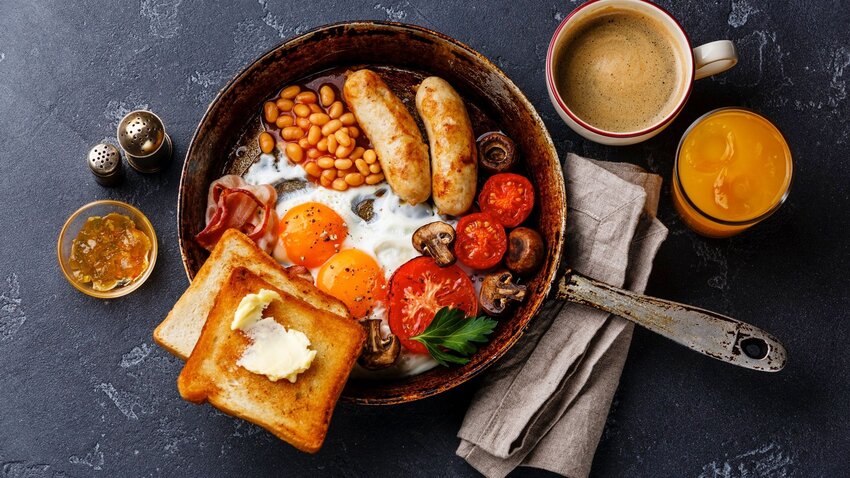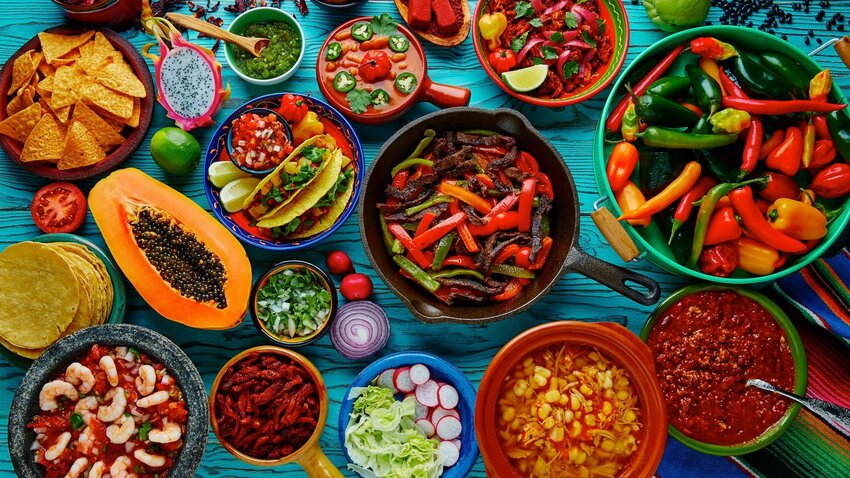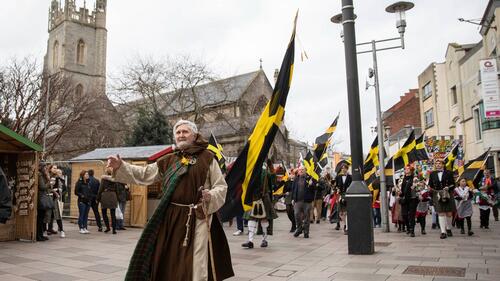The full English Breakfast (also known as the "fry-up"): Some consider it a culinary masterpiece, while some laud it as the perfect, greasy hangover cure. The iconic morning plate of bacon, eggs, sausages, and baked beans is an integral part of British culture. You’ll find it on the menus of cafés, hotels, greasy spoons, pubs, and restaurants.
Such is the emblematic status of the traditional English breakfast that playwright William Somerset Maugham once famously said that "To eat well in England, you should eat breakfast three times a day." This beloved morning meal has evolved over centuries since the Middle Ages. Here's the history behind the meal, which is as rich as the food itself.
It Started With the English Gentry
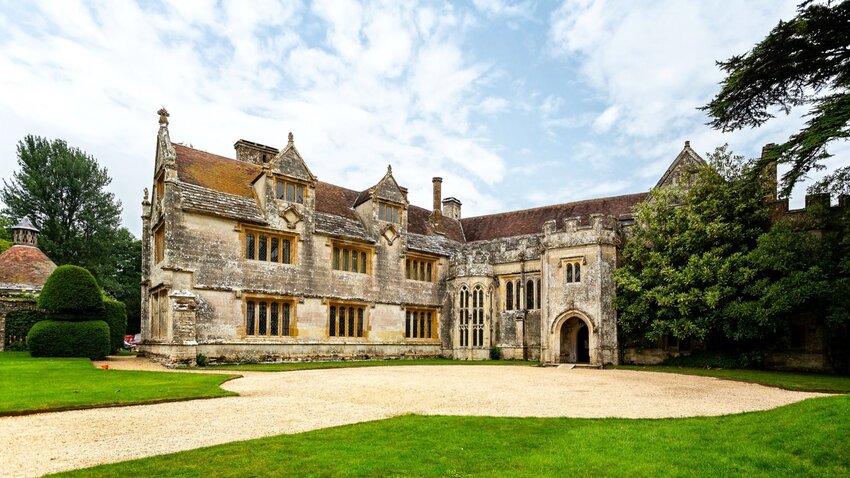
Back in the 1300s the gentry — a well-heeled social class of landowners — thought of themselves as guardians of the English countryside. They felt it their duty to uphold the culture and traditions established by their Anglo-Saxon forefathers. During the Middle Ages, daily meals often consisted of a mid-morning breakfast and dinner. The gentry were famous for their love of hearty breakfasts and Anglo-Saxon hospitality. They would convene around the tables of their lavish homes to feast on meats, vegetables and other produce grown on their land. Breakfasts gave lords of the manor the opportunity to showcase their wealth to visiting friends, family and fellow landowners. Guests would fill up after decadent parties before journeying home or going out on a hunt.
...Then Evolved by the Victorians
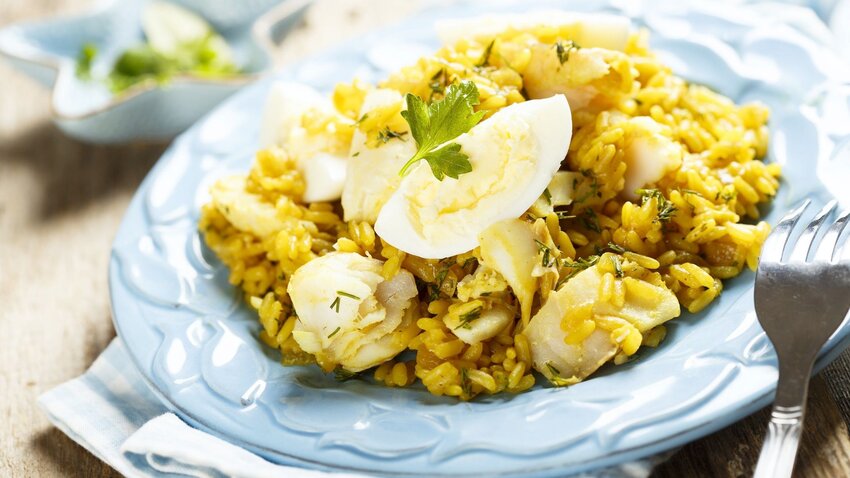
The 19th-century was an era of great change throughout the United Kingdom. Queen Victoria’s accession to the throne came at a time when the power of the gentry was in decline. They were soon replaced by affluent merchants and industrialists, many of whom were driving forces behind the Industrial Revolution. In a bid to improve their lives, this new social class took inspiration from the lifestyle of the gentry. One such custom was the English breakfast as an important social event. Just as the gentry had done, Victorians took pleasure in celebrating their riches with exuberant meals.
Victorians also took the notion of breakfasts to new levels of luxury. They were leisurely and civilized affairs, with tables adorned with abundant silverware and crystal glassware. Guests were given newspapers to browse while taking their time to pick through the plates of typical Anglo-Saxon and exotic dishes. Eggs and bacon became common staples, alongside tongue and kippers. Some offered kedgeree, an Indian dish of smoked fish, boiled eggs and rice. The popularity earned the English breakfast a mention in journalist Isabella Benton’s cookbook Mrs Beeton’s Book of Household Management.
...And Perfected by the Edwardians
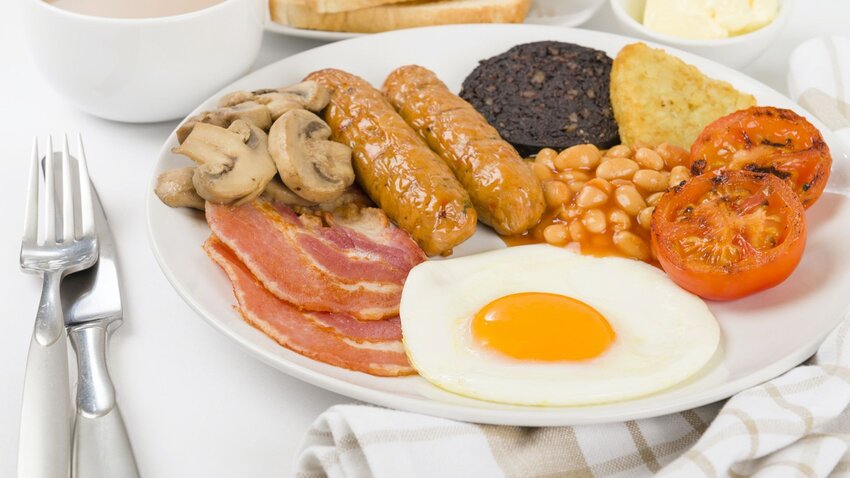
Come the turn of the 20th century and Edward VII replaced Queen Victoria on the throne. For a decade, the Edwardian era was somewhat of a Golden Age for the British Empire. It was characterized by long, sun-drenched summers and effervescent garden and street parties. Hotel guests, restaurant goers, train travelers, and businessmen now found the fry-up readily available in every corner of the country.
This buoyant era was when the English breakfast truly made its mark on society. Back bacon, eggs, sausages, baked beans, black pudding and fried tomato became the standard ingredients. They’d be accompanied by toast, jam and marmalade, tea coffee and orange juice. With the accessibility of the ingredients, the full English also gained a following among the middle classes. Families ate large breakfasts — now earlier rather than later in the morning — in order to fill up and have the energy to survive long days at work.
...Before Becoming a Working Class Staple
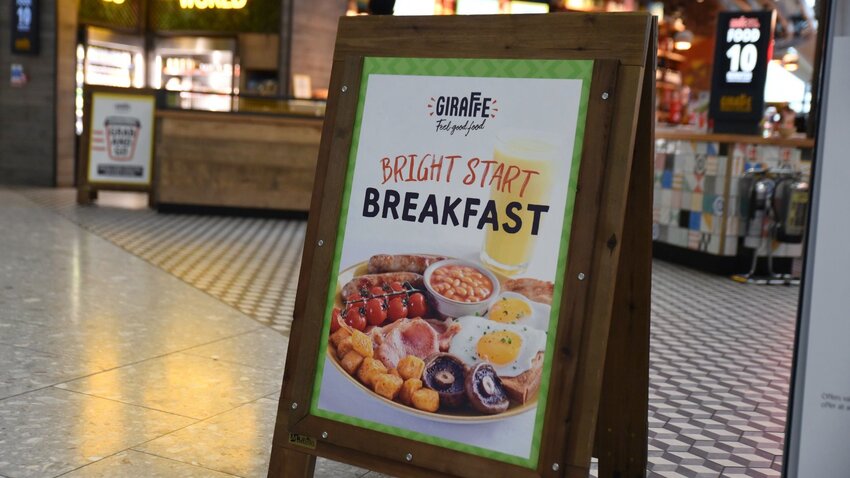
Despite rationing, the love for the English breakfast showed no signs of slowing down after World War II. In fact, it’s thought that half of the British population began nearly every day with bacon, eggs, sausage, and the rest during the 1950s. The working class were getting into the spirit of this national dish, too. This was largely thanks to the greasy spoon, a no-frills café usually situated next to constructions sites, ports and warehouses. A common sight was, and to some extent still is, of laborers sat around the table with a fry-up, mug of tea and a copy of the tabloid newspaper. All day breakfast signs meant that the greasy spoon chef was happy to oblige for breakfast, lunch and dinner. Consequently, the British Isles now had a culinary delight enjoyed by everyone from dignitaries to dock workers. Legend states that Sir Winston Churchill himself chowed down on a fry-up followed by a cigar and whisky prior to getting out of bed every morning.
The English Breakfast Today and Regional Variations

Today, and regardless of a more health-conscious world, the fry-up is as much-loved as ever. Hotels and guesthouses still serve them as do both traditional pubs, gastro bars and roadside trucks. Scan the sandwich section of a British supermarket and you’ll find pre-packed all day breakfast options. One blogger — aptly named the Fry-Up Inspector — has made it his life’s mission to discover the best on offer. And The English Breakfast Society is full of cooking tips and curious historical facts about ingredients.
Like all foods, the full English breakfast is open to regional interpretations. Enjoy yours with haggis (sheep’s pluck sausage-like pudding) in Scotland, white pudding (black pudding without the blood) in Ireland, and cockles and laverbread (edible seaweed) in Wales. Across England individual counties include their own unique sausages, such as the Cumberland, Gloucester Old Spot and Lincolnshire, in celebration of the great British banger. Eat after midday and few would bat an eyelid should you accompany yours with a pint of lager. Just remember the toast to mop up the baked bean sauce and runny egg yolk.

